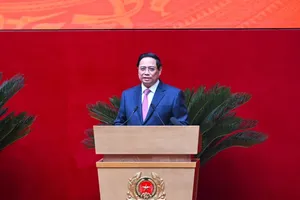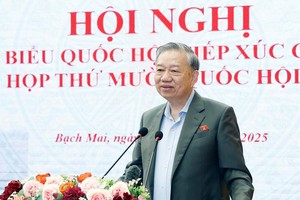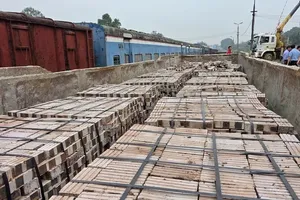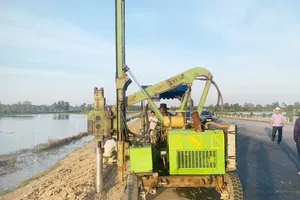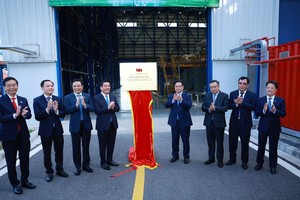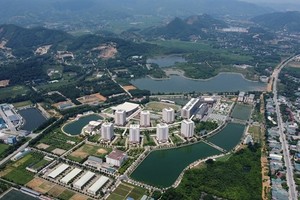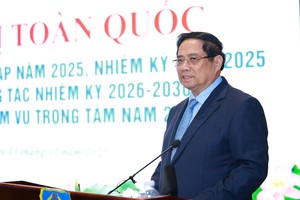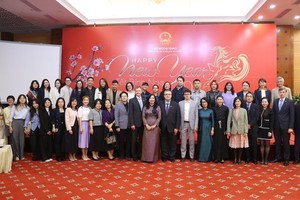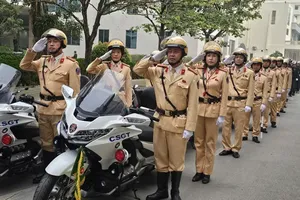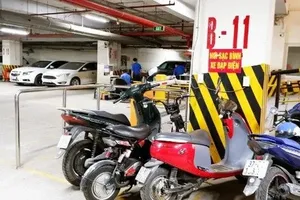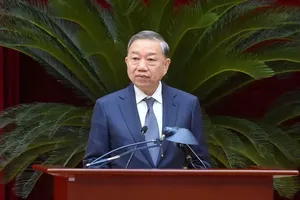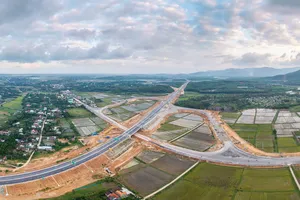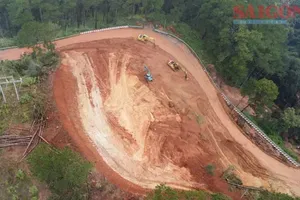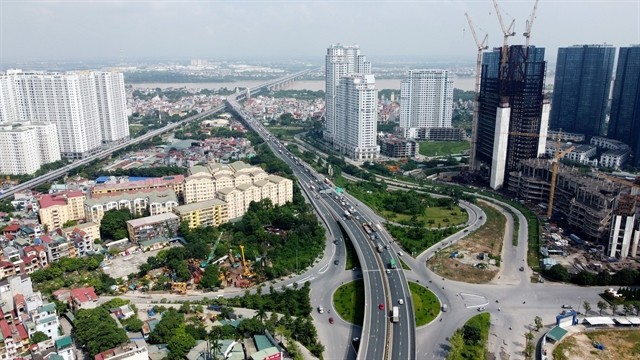 |
| A section of Belt Road No 3 in Hanoi.— VNA/VNS Photo |
This year, Hanoi plans to increase investment in transport infrastructure and accelerate the progress of technical infrastructure investment projects, and major transport works to alleviate traffic congestion in the city.
Nguyen Phi Thuong, director of the city Transport Department, stated that the city would complete and open the elevated section of the Nhon-Hanoi Station urban railway line to meet the transportation needs of city residents and improve the synchronous connectivity between various forms of public transportation.
The city will also review and adjust the master plan of the transport sector to minimise traffic congestion, he said.
He said that increasing the connection between urban areas and transport infrastructure is also one of the targets to minimise traffic congestion in the city this year.
Traffic expert Nguyen Xuan Thuy said that to reduce congestion, the city must show a strong determination to build a transport infrastructure system connecting the inter-region and within the region.
He said that Belt Road No 4 and Belt Road No 5 are the major projects that need to be strongly invested in.
He added that the city has to invest comprehensively in finance, mechanisms, policies and people to develop large-scale transport infrastructure.
It is necessary to have a more-drastic direction for the city’s Party Committee and the People's Committee to implement the city’s major transport projects.
If not, many projects will still be delayed due to problems with mechanisms or land clearance, he said.
Traffic situation
Hanoi has faced traffic congestion for many years because the transport infrastructure development has not kept pace with urbanisation, population growth, and the increase of personal vehicles.
Data shows that the city has about 8.4 million people and more than 7.6 million vehicles.
The city has about 43 hospitals, around 2,500 schools (from preschools to universities), and 56,202 agencies and organisations. Many of them are located deep in the inner city, which is believed to be one of the main causes of city traffic congestion and infrastructure overload.
In the meantime, the capacity of public transport services only meets 30 per cent of travel demand.
Most people still keep the habit of travelling by personal vehicles, making the pressure on the city’s infrastructure system increasingly heavy.
Nguyen Tuyen, head of the Transport Management Office under the transport department, said the city faces many difficulties in developing public transport due to densely-populated urban areas, the high number of personal vehicles and narrow roads.
Traffic experts said that the public transport network of the city fails to attract the majority of people because it is difficult to access, he said.

